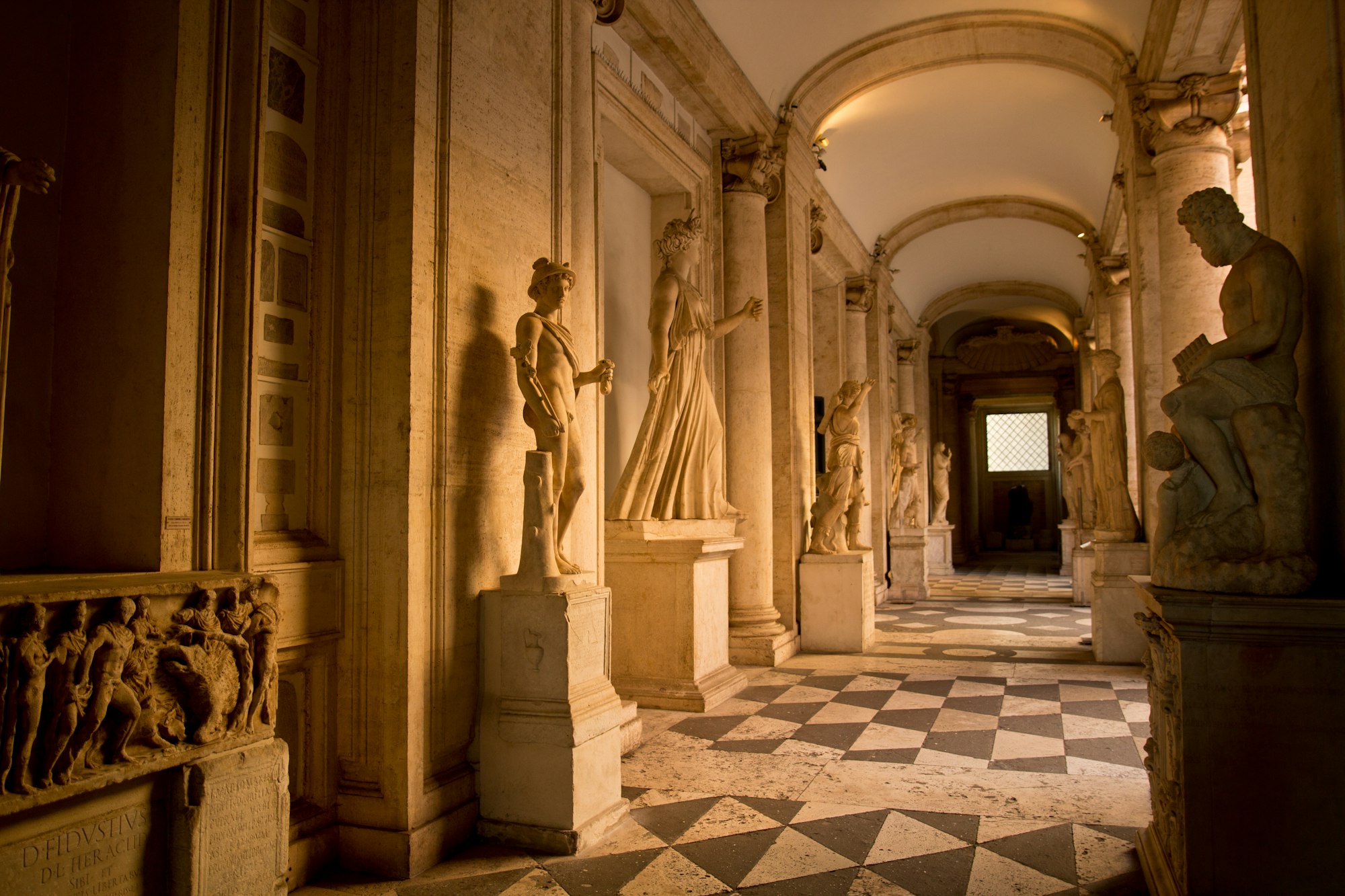
Explore Pocket Galleries by One Self
Leisurely pace up and down inside a gallery from home.
The C.A.A.C. collects the works of more than 160 artists who stand for the wealth and diversity of contemporary African art. It is constantly acquiring new pieces and remains in close personal contact with its artists.

While the JaPigozzi Collection is a collection of over 3000 artworks by around 250 artists, focused on the young Japanese art scene. The Collection was begun by Jean Pigozzi in 2008. Many of the artists use detailed techniques, creating tension when it depicts imagery that is sometimes disturbing, fetishist or pseudo-naïve.
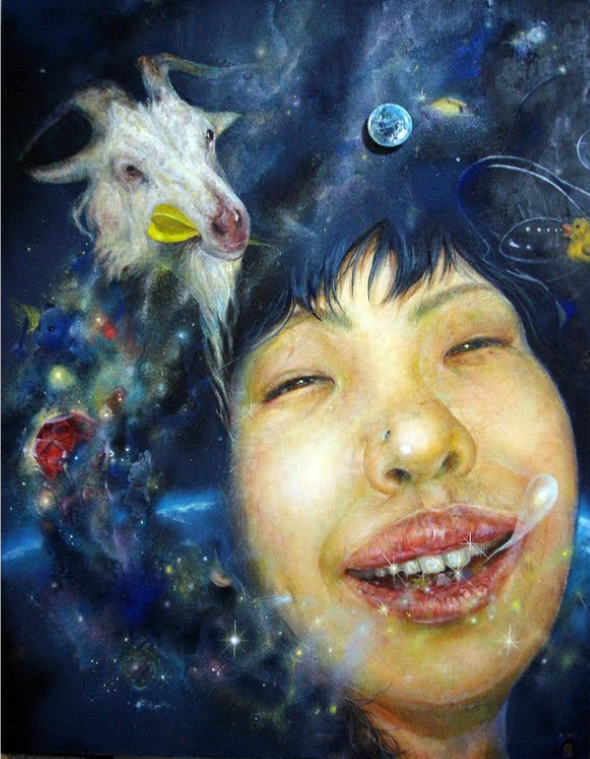
However, these themes are alleviated by humour, playfulness and beauty. Many of the works have a strong and detailed sense of narrative. Story-telling becomes fractured by tools such as irregular perspective, abstract passages or multi-layered vignettes. Surrealism and Absurdism are central features in many of the works, introducing emotional or cerebral undertones.

A passionate comtemporary African art collector since 1989, Jean Pigozzi, started a new collection dedicated to Japanese comtemparory art. Discoer some of the collections' gems from the largest private collection of its kind in the world.
4. Klimt vs. Klimt
A never-before-seen virtual gallery exploring the enigmatic genius of Gustav Klimt
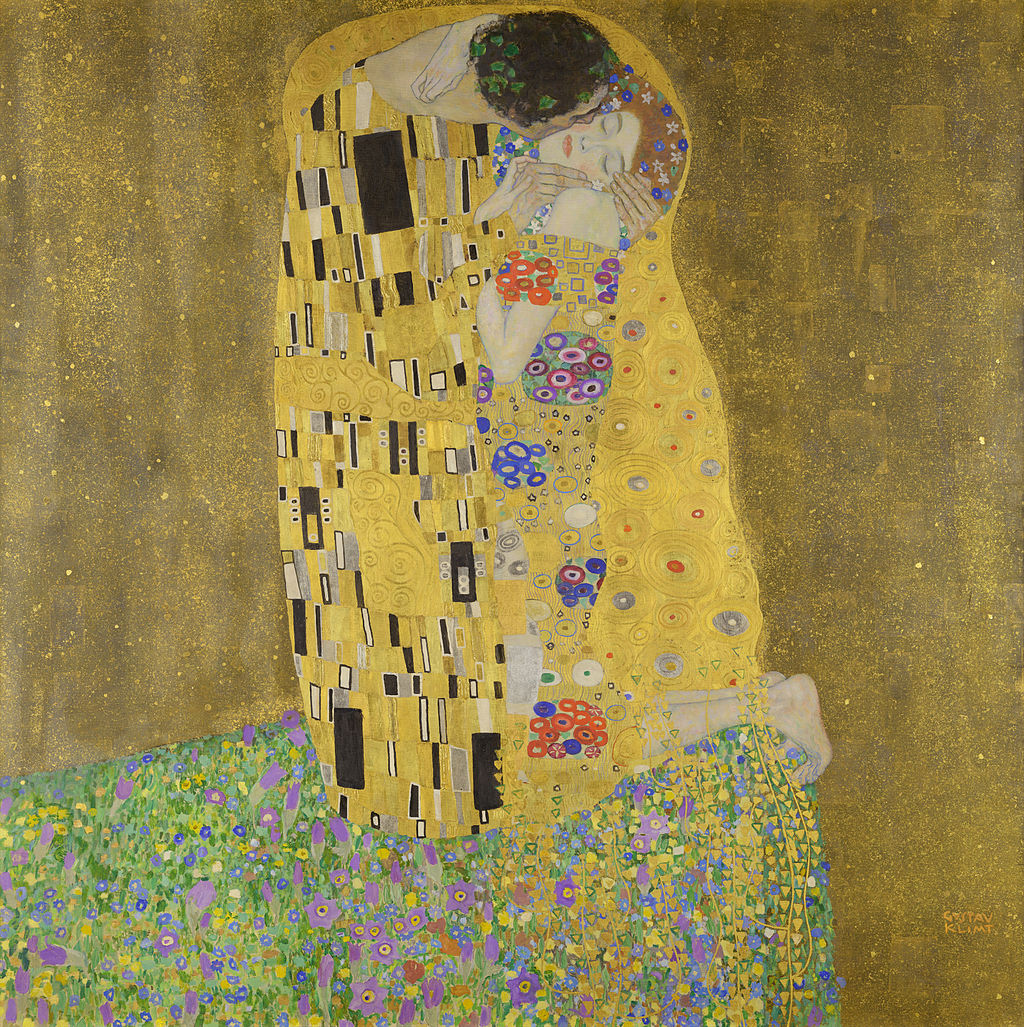
Gustav Klimt was an Austrian symbolist painter who was a prominent member of the Vienna Secession movement. His primary subject was the female body, and his works are marked by a frank eroticism.

He also painted landscapes. Klimt was the most influenced by Japanese art and its methods out of all the artists of the Vienna Secession. Early on in his career, he was successful in painting architectural decorations in a conventional manner.
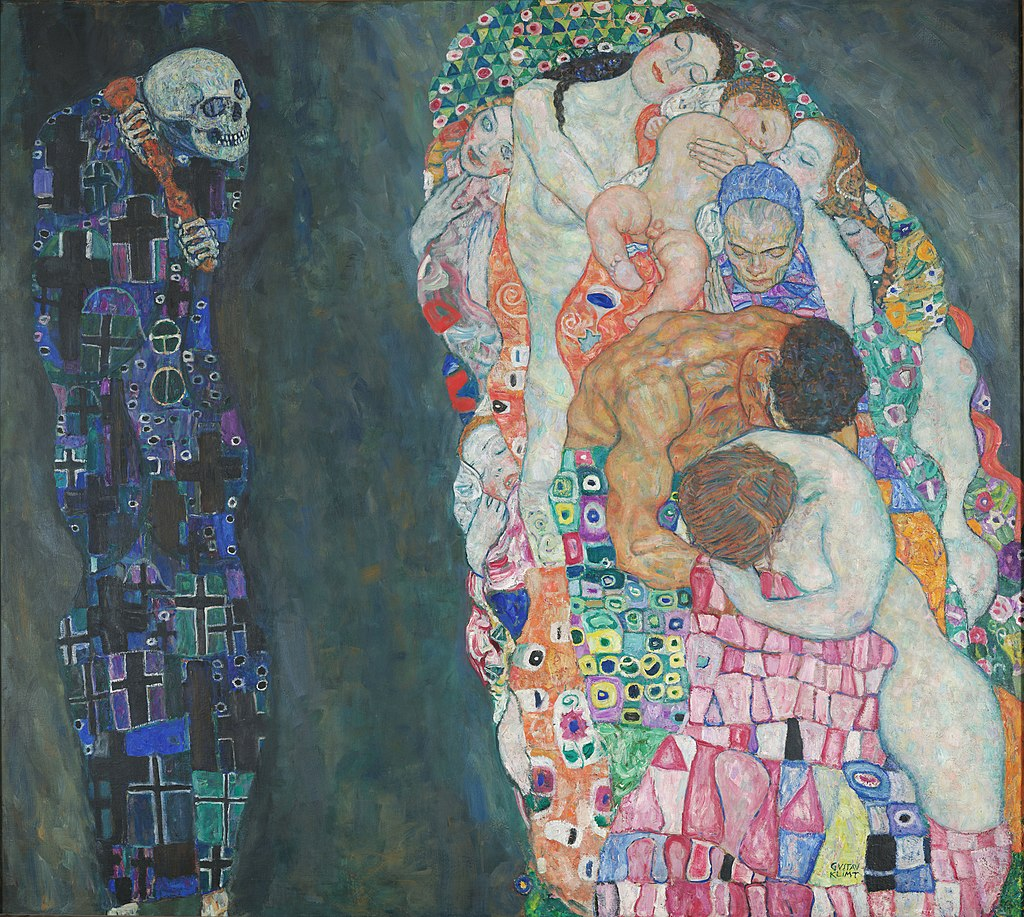
However, Gustav Klimt is an enigma, a man of contradictions. As he began to develop his own personal style, his work was met with controversy. This culminated when the paintings he completed around 1900 for the ceiling of the Great Hall of the University of Vienna were criticized as being pornographic.

As a result of this, he accepted no more public commissions. However, he achieved new success with the paintings of his "golden phase", many of which include gold leaf. Klimt's work was an important influence on his younger peer Egon Schiele.
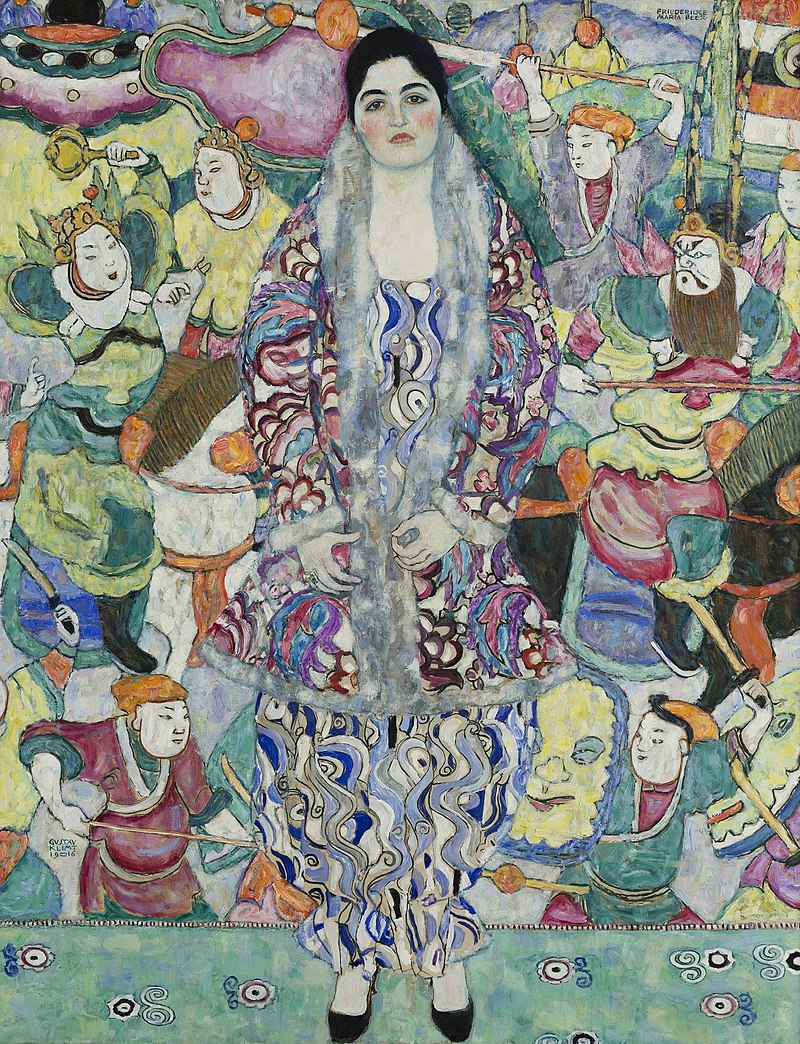
Scholar or innovator? Feminist or womanizer? Famous artist or humble craftsman? The anwser, in most cases, is both. Enter the gallery to find out more.
5. Life in Miniature
Discover nature, love, celebrations, faith and power in Indian miniatures

Nature
Miniature paintings often depict lush foliage as a backdrop to the stories. The landscape sometimes seems to have its own vocabulary, echoing the human moods and concerns in the painting. Nature is depicted as a delightful counterpoint to human activities. Teeming jungles burst with wildlife as kings and princes hunt, peacocks dance welcoming the onset of the rains, and blooming vegetation provides shelter for lovers.
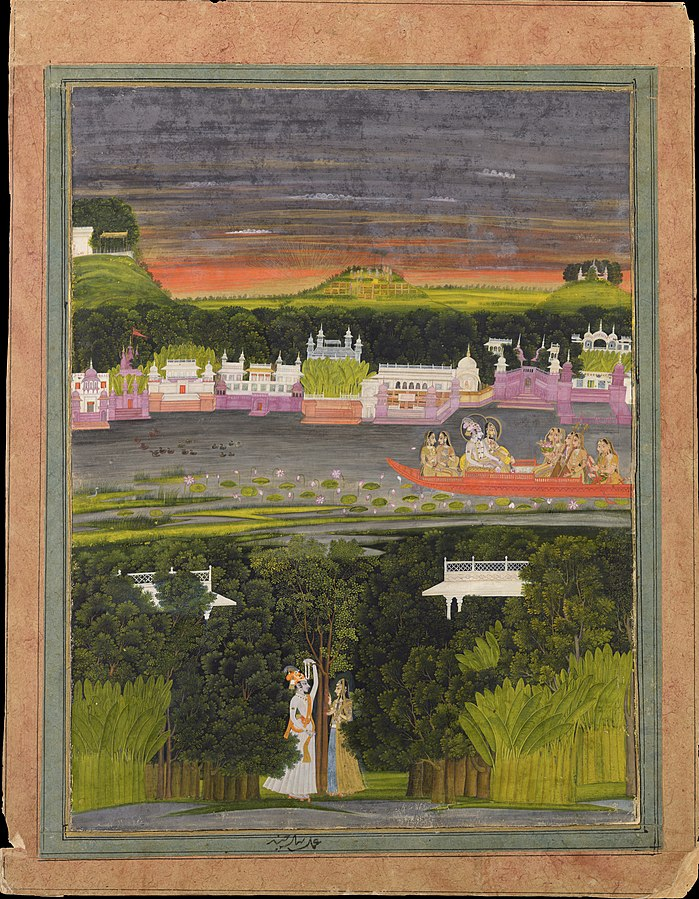
Love
Raja Savant Singh was an accomplished poet and devotee of Krishna who was one of the greatest patrons of painting at the Kishangarh School. He wrote devotional verse with a beautiful singer and poetess, known to us as Bani Thani. The love of Savant Singh and Bani Thani became legendary, inspiring many paintings of love made at Kishangarh.

Read next

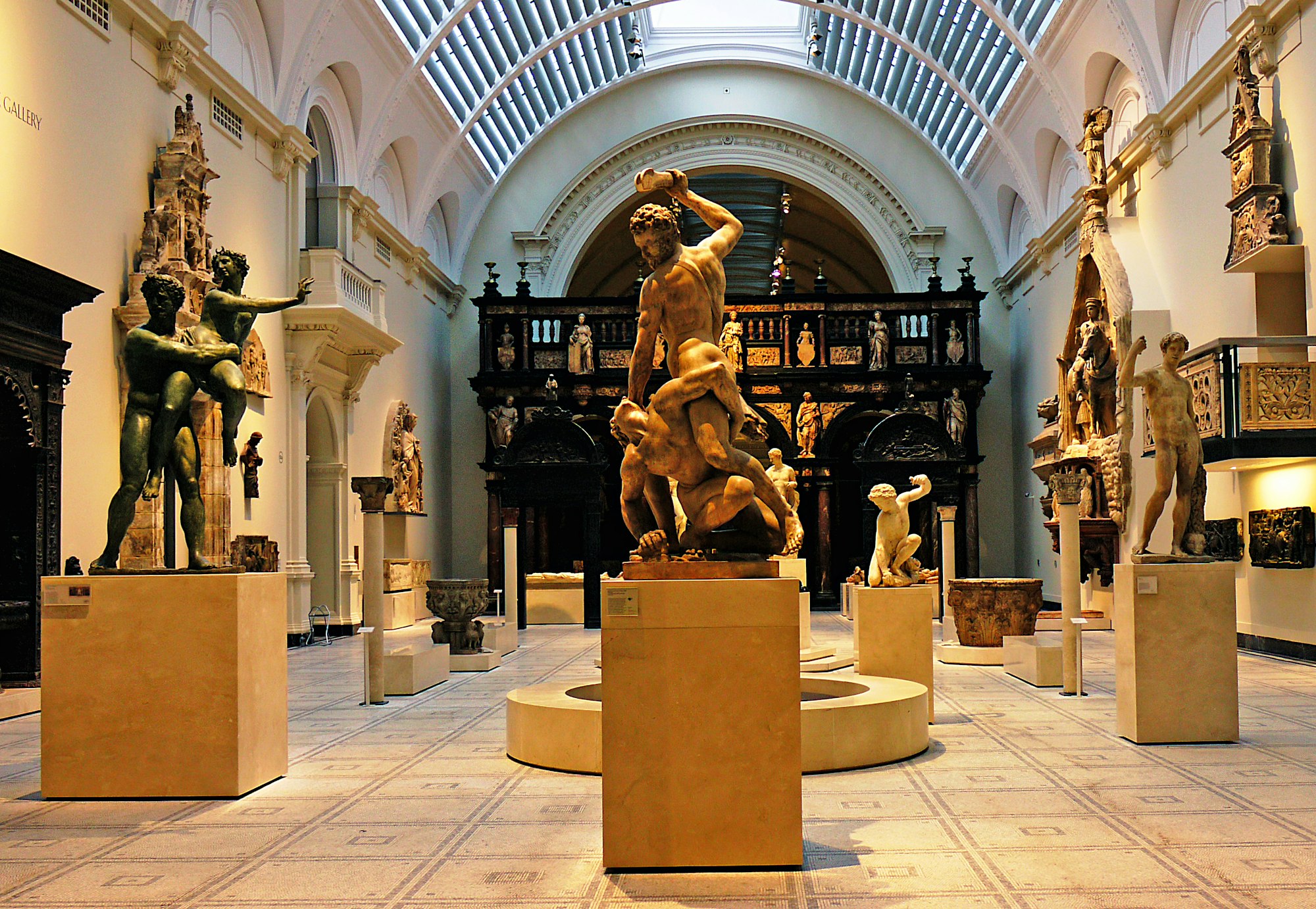
The Museums Named after People
